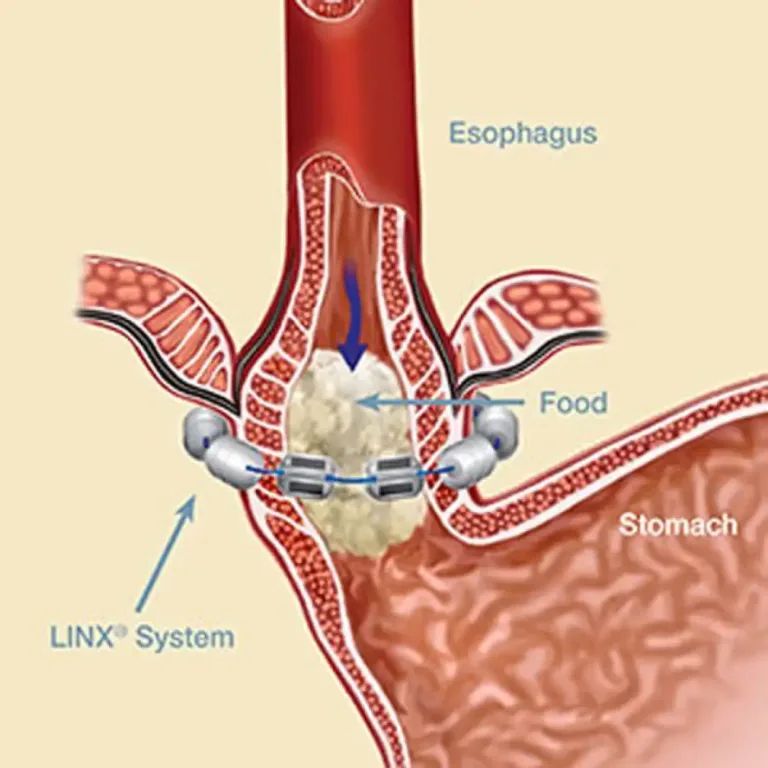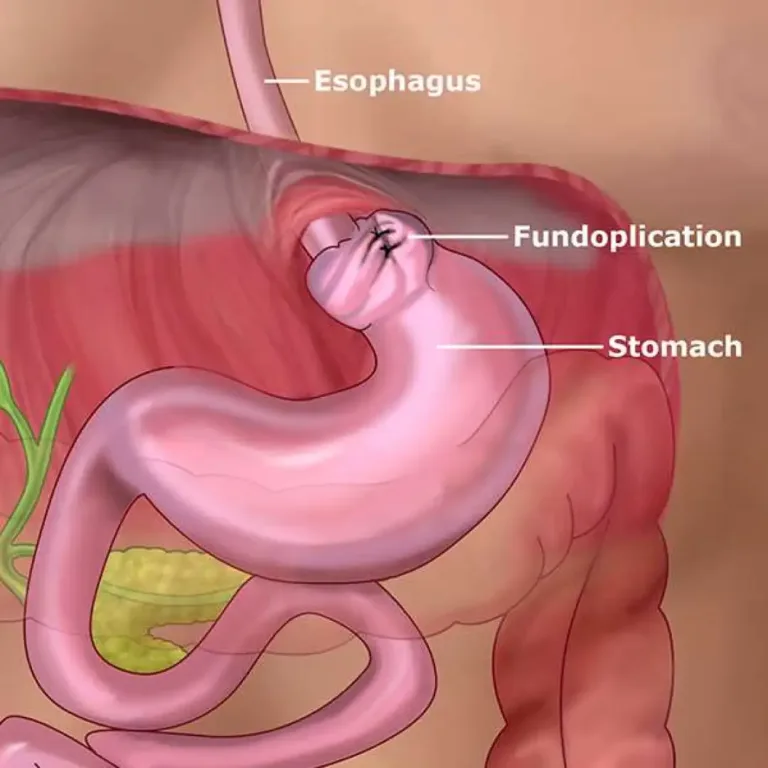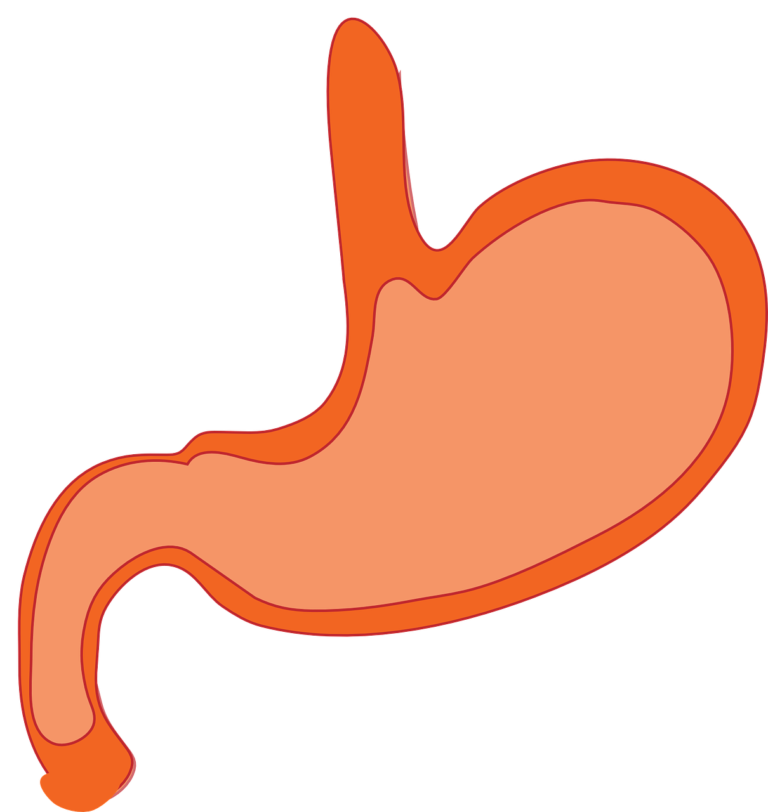An abdominal ultrasound is a medical imaging test that uses high-frequency sound waves to create images of the organs and tissues within the abdomen. During an abdominal ultrasound, a doctor or a sonographer (technitian) applies a special gel to the patient’s skin and uses a handheld probe to generate the sound waves and capture the images.
An abdominal ultrasound can provide valuable information about the following organs and structures:
- Liver: The ultrasound can assess the size, shape, and texture of the liver and detect any abnormalities, such as cysts, tumors, or cirrhosis.
- Gallbladder: The ultrasound can detect gallstones, evaluate the function of the gallbladder, and identify any inflammation or infection.
- Pancreas: The ultrasound can evaluate the size and shape of the pancreas and detect any abnormalities, such as cysts or tumors.
- Spleen: The ultrasound can assess the size and texture of the spleen and detect any abnormalities, such as an enlarged spleen or a mass.
- Kidneys: The ultrasound can evaluate the size, shape, and texture of the kidneys and detect any abnormalities, such as cysts, tumors, or kidney stones.
- Abdominal blood vessels: The ultrasound can evaluate the blood flow in the major arteries and veins within the abdomen, such as the aorta and the vena cava.
- Abdominal fluid collections: The ultrasound can detect the presence of fluid within the abdomen, such as ascites, which can be a sign of liver disease or other underlying conditions.
In addition to these organs, an abdominal ultrasound can also help diagnose other conditions such as hernias, abdominal pain, and digestive tract problems. The images obtained during an abdominal ultrasound can help guide further diagnostic tests or treatments as needed.





